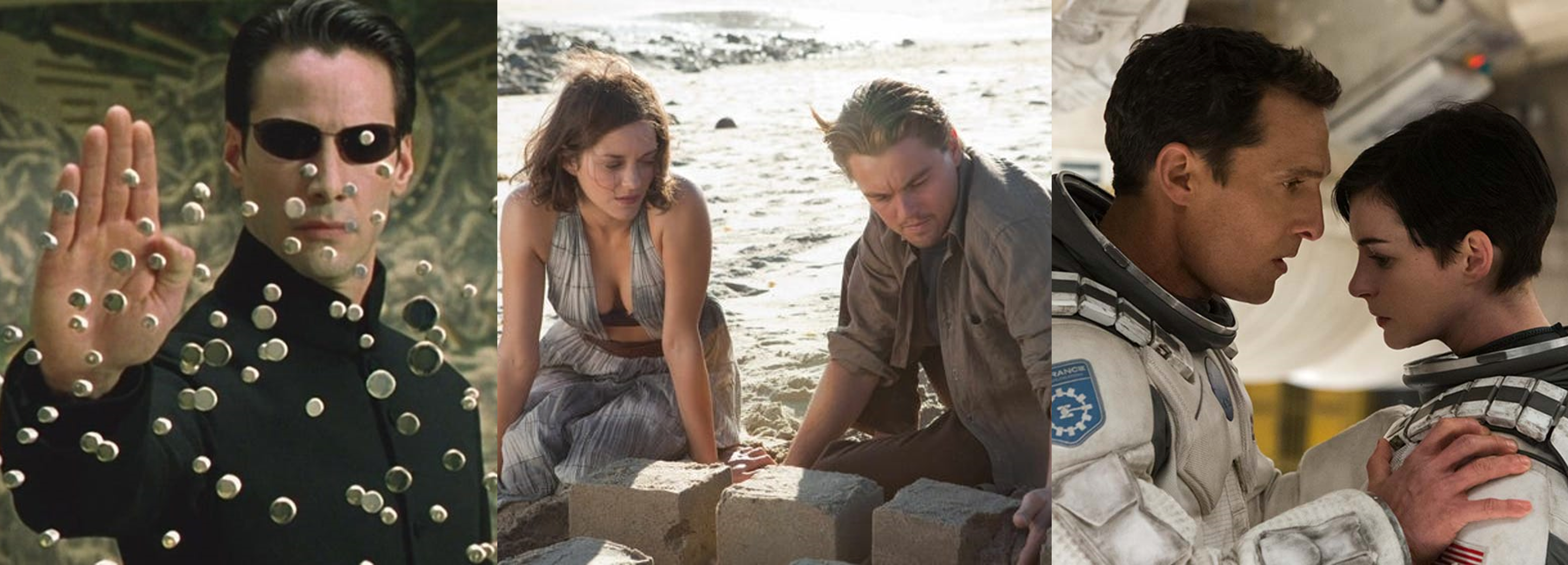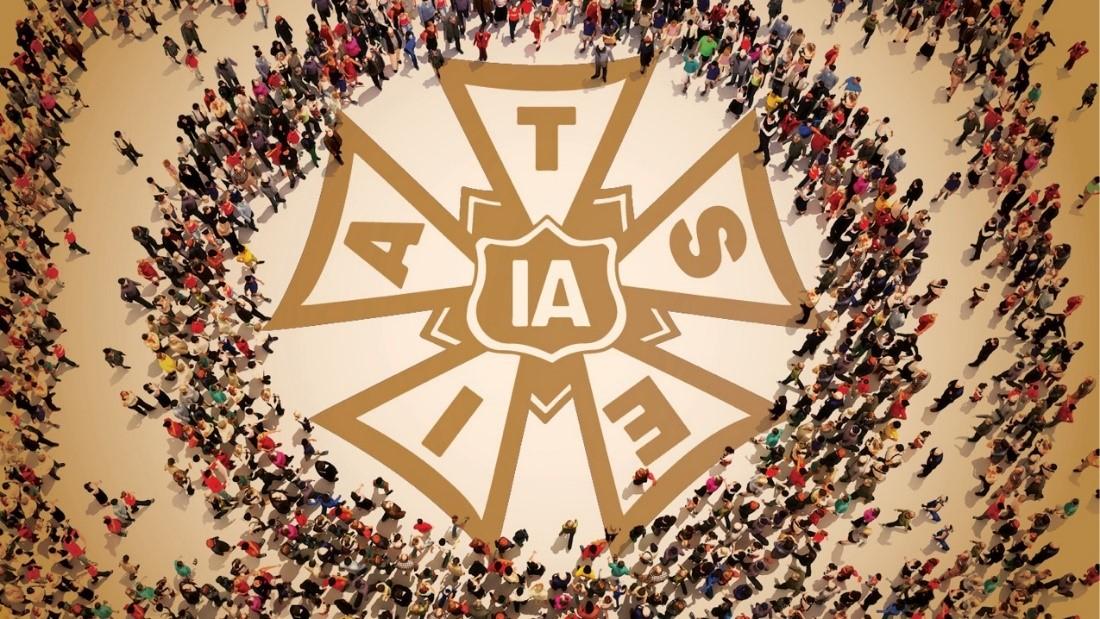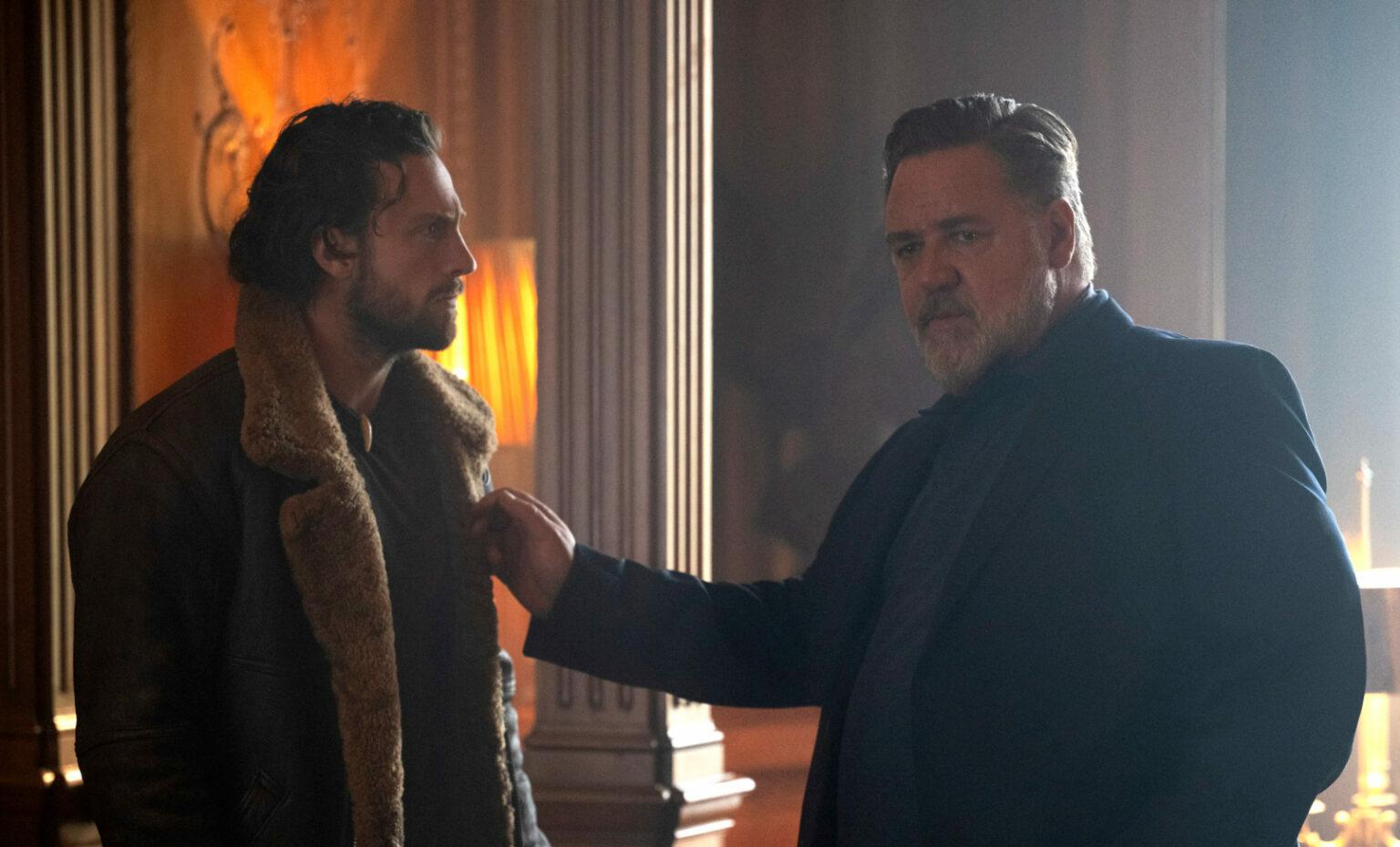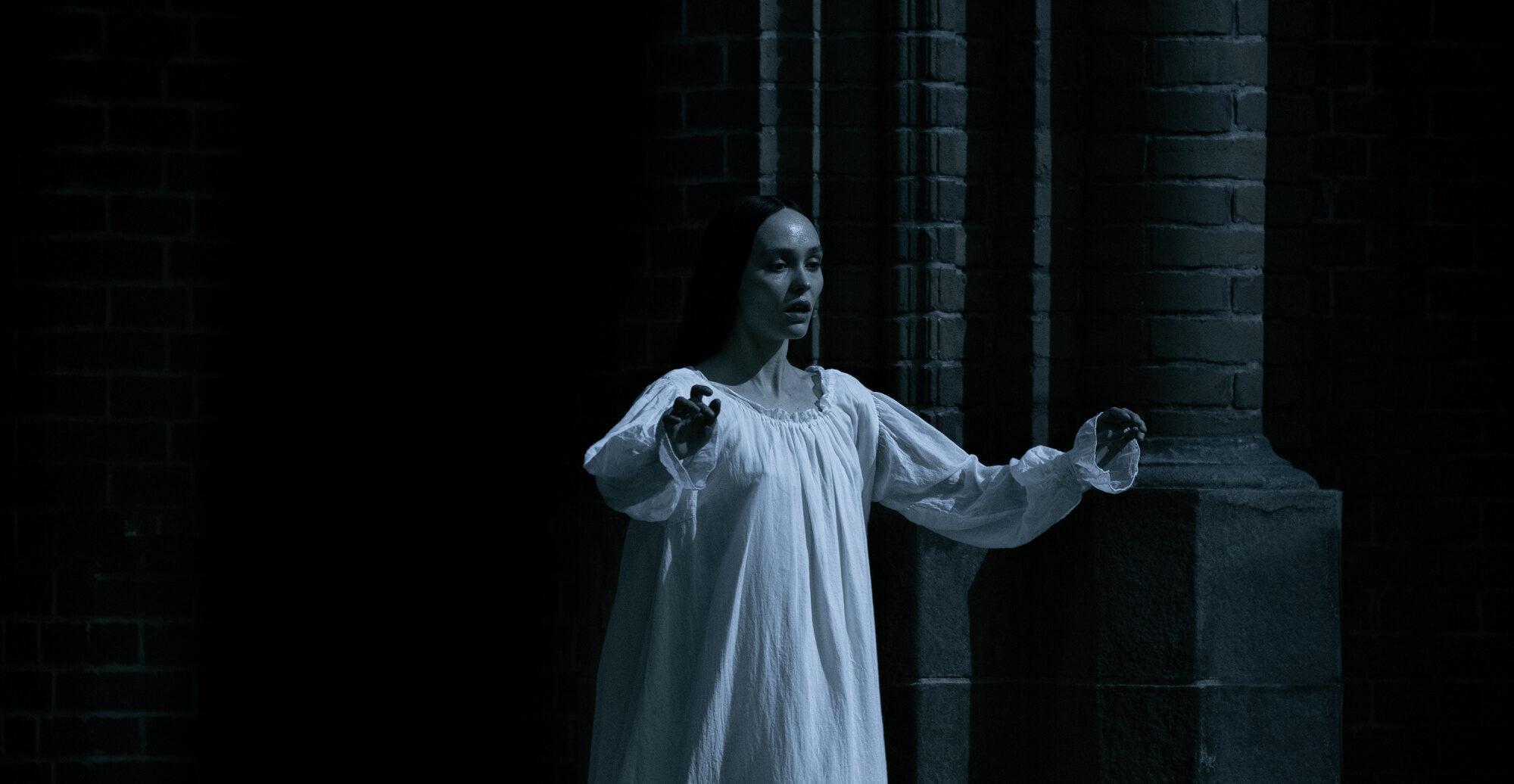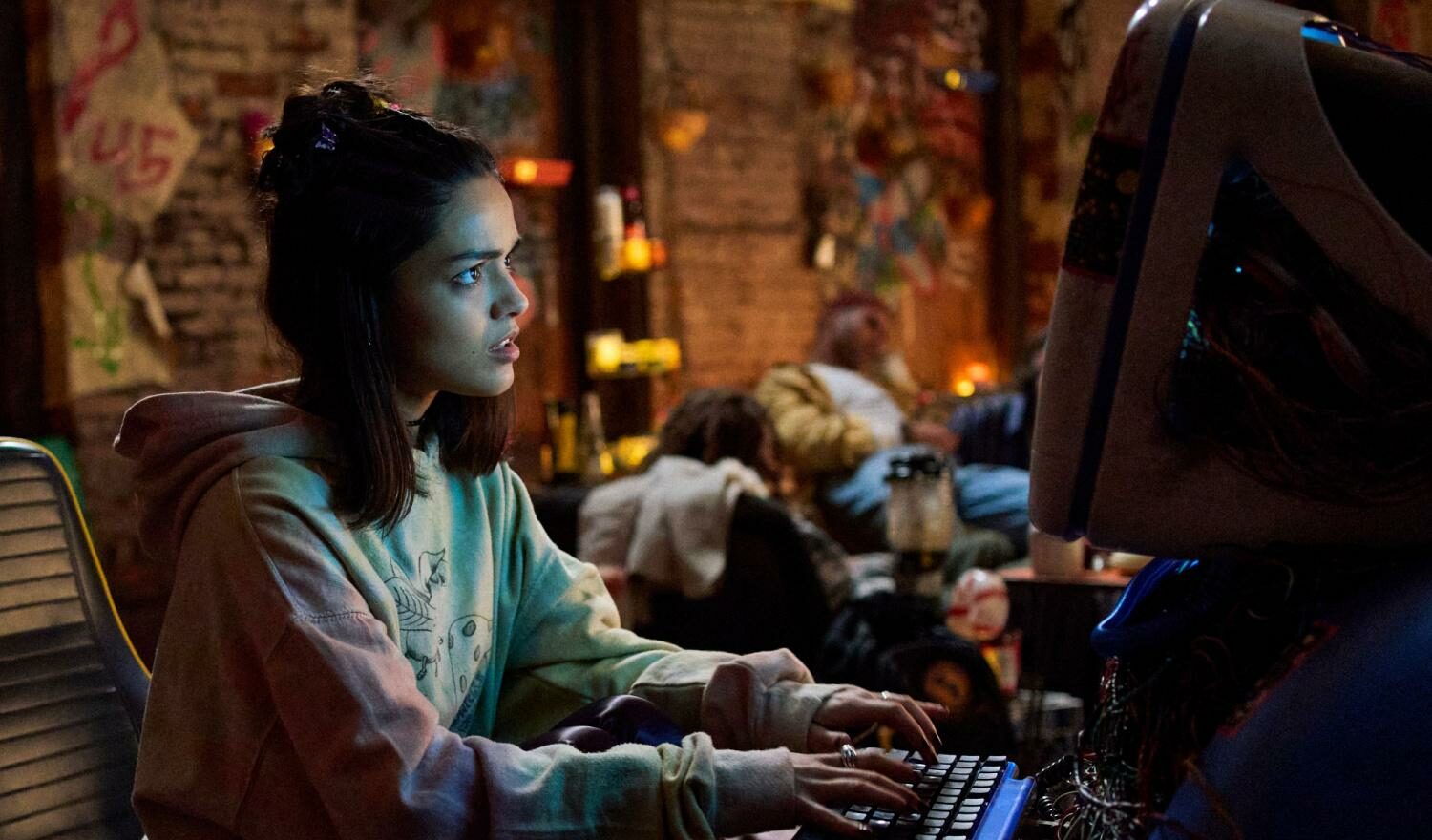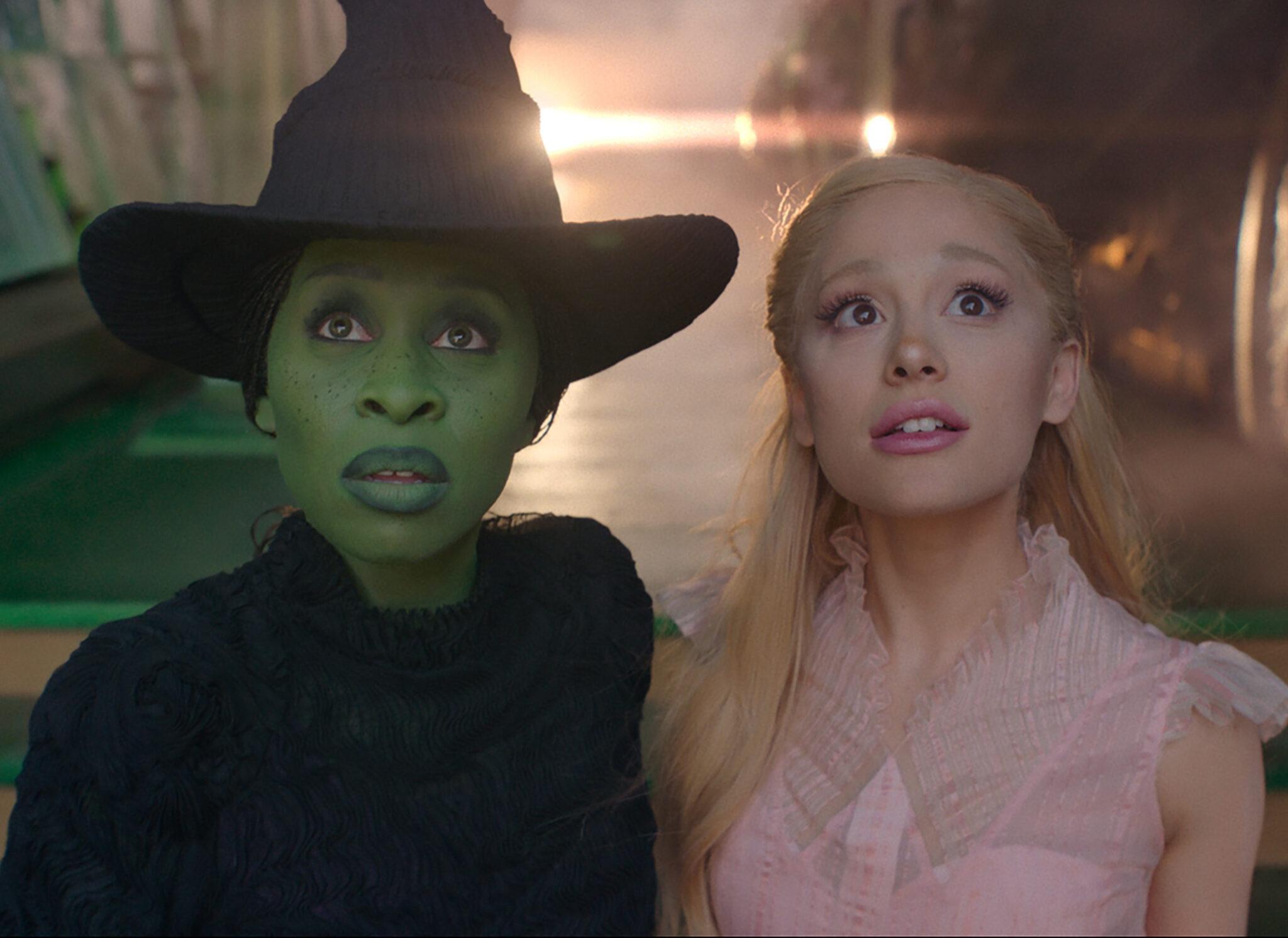VERDICT: This 28-years-later sequel delivers the weather-porn thrills of its predecessor, while managing to be the tiniest bit less silly when the actors open their mouths.
The best contemporary Hollywood has to offer filmmakers who deliver intelligent, thoughtful indie dramas to movie theaters is the opportunity to sit behind the wheel of a cinematic monster truck.
And so it is that Minari writer-director Lee Isaac Chung finds himself affixing his deep feeling for the rural United States to the dumb fun of a summer movie about tornadoes, its release arriving on the heels of Pig director Michael Sarnoski’s similar leap from the arthouse to A Quiet Place: Day One. The big loud good time in Twisters is inversely proportional to the film industry’s horrible business affairs.
The original 1996 Twister succeeded as a hybrid of two schools of disaster moviemaking, mixing Irwin Allen-style catastrophic excess and overqualified acting ensembles with post–Jurassic Park Amblin Awe Entertainment. It was silly but suspenseful, and audiences left humming the tornadoes.
Twisters offer upgraded weather-porn effects and a similar commitment to thrills over character. Still, this sequel comes off as a bit of an improvement, thanks mainly to Chung and screenwriter Mark L. Smith (The Revenant) expressing concern for actual human beings losing their homes and their loved ones in the wake of these deadly atmospheric events.
While Smith’s script is credited as “based on characters created by Michael Crichton and Anne-Marie Martin,” the only holdover from Twister is a cameo by the “Dorothy” storm-tracking device from the original movie; apart from a few repeated lines of dialogue, there’s not much connective tissue.
What we do get is a film that acknowledges storm-chasing tourism (a direct result of the previous movie’s success) as well as the perils of capitalism, even if this enormous corporate product is shamefully timid about putting the words “climate change” into the mouth of even one single character.
In the prologue, we meet storm-chaser Kate (Daisy Edgar-Jones), who seeks to defuse a tornado’s power by shooting water-absorbing polymers into the twister itself. (Relax — all of the film’s meteorological technobabble is as speedily delivered and as irrelevant as it was in the last movie.)
But when a storm takes out most of her team, she moves to New York and takes a desk job with the National Weather Service. Much like in the first iteration, sober careers in meteorology are seen as cowardly, egg-headed retreats into comfort, a type of impotence.
Five years later, she gets an offer she can’t refuse from Javi (Anthony Ramos), her one surviving cohort: he’s using military-grade equipment that will take three-dimensional readings on tornadoes, thus allowing for something something something — it’s not important.
Kate returns to Oklahoma with Javi and his team — led by humorless, MIT-educated Scott (David Corenswet, Pearl) — only to discover that they have to work around brash YouTube “tornado wrangler” Tyler (Glen Powell) and his crew, who are more interested in selling T-shirts and setting off fireworks inside a twister than in pursuing weather science. Repeating: weather studs have fun, sticks in the mud have degrees from MIT.
While Kate and Tyler bristle at first sight, it eventually becomes clear that, for all of Tyler’s grandstanding, he and his cohorts provide food and assistance to tornado victims while Javi and his high-tech crew earn their keep by helping real-estate speculators pick up storm-ravaged properties for a song. Will Javi learn the error of his ways? Will Tyler’s showboating come in handy for Kate’s scientific agenda? And will the entire cast get sucked up into the air during a week-long “outbreak” of tornadoes?
The answers to these and other questions are irrelevant. Disaster cinema shorn of most impulses toward reality or responsibility is a tornado-shaped souvenir popcorn bucket, and as such, this example delivers the technical goods.
Editor Terilyn A. Shropshire (The Woman King) makes each discrete action moment thrilling and, perhaps more importantly, keeps the in-between chatter lively as well, supported by the jaunty, Aaron-Copland-via-Disneyland score by Benjamin Wallfisch (The Flash). (And Wallfisch’s music has to grab every moment it can since his work is so often elbowed out of the way by country music needle drops.)
Like the original Twister, which elevated the goings-on with a deep bench of character actors (including Philip Seymour Hoffman, Alan Ruck, Lois Smith, Joey Slotnick, and future Tár director Todd Field), Chung packs his cast with the likes of Kiernan Shipka, Katy O’Brien, Tunde Adebimpe, Maura Tierney, and Sasha Lane.
These performers can find moments of eccentricity and individuality that are denied Edgar-Jones, who’s not given much of a personality to play outside of her guilt over the loss of her former colleagues. If she’s underplaying, however, she’s more than balanced out by her leading man.
Studios of yore could straightforwardly present Glen Powell’s movie-star wattage. But in these more self-aware times, Powell is an eclipse that cannot be stared at directly. Filmmakers either have to hide his light under a bushel (the various wigs and costume changes of Hit Man, for example) or make a joke out of it (Anyone But You gets away with Powell’s stomach-crunches-on-the-beach scene only by having Sydney Sweeney’s character later refer to him as “hot-girl fit”).
Chung knows better than to dial back Powell’s matinee idol qualities; when the actor reveals his white teeth in a mile-wide smile or engages in staring contests with his leading lady, it’s some of the most unabashed strutting since the dawn of Matthew McConaughey. When Powell exits a house and walks into the rain wearing the tightest white T-shirt imaginable, it’s unclear whether to take the moment as pure objectification or a satire thereof, but it plays either way.
He is his wild weather event, the perfect cog in this wheel: as sincere and ridiculous as the film itself, complementing Twisters’ thudding effect. They are, as a package, large, loud, and figuratively at least, breezy.


